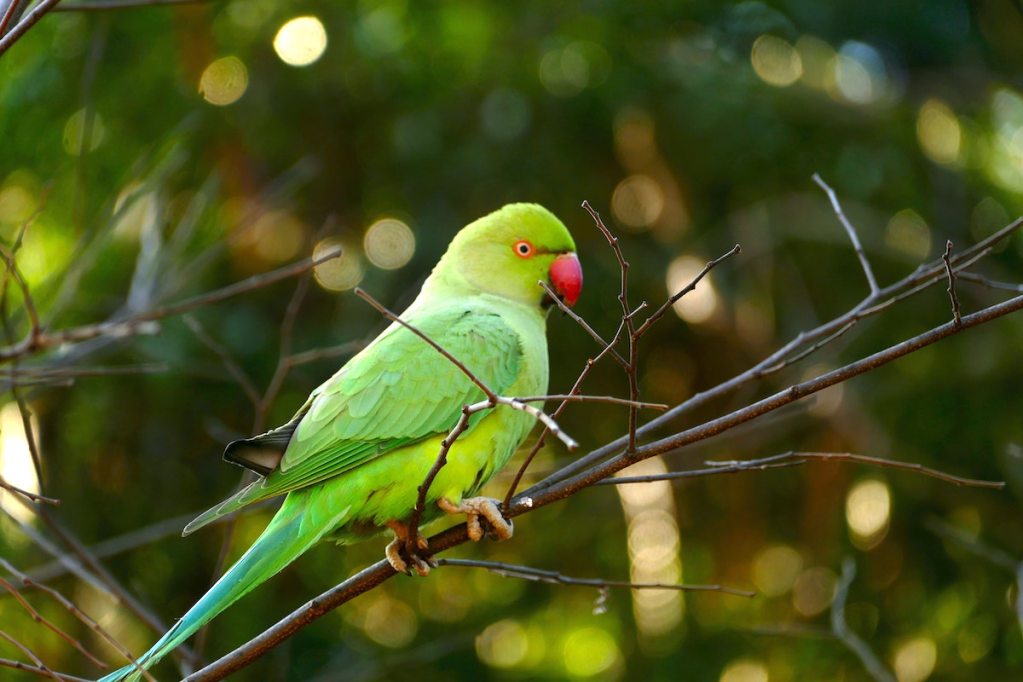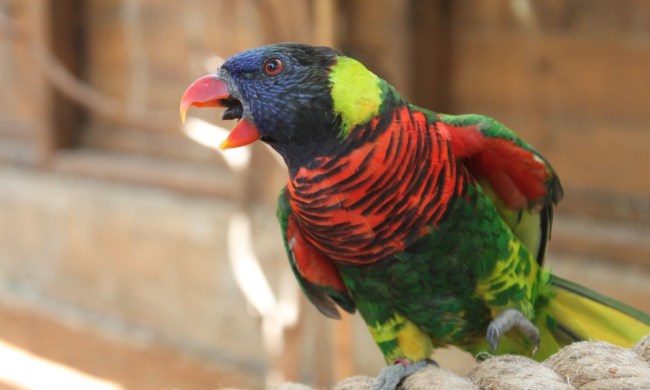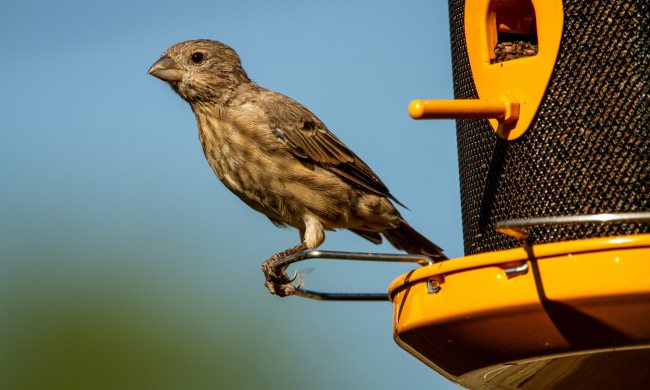We can’t get enough of talking birds and we bet you can’t either. Humans are eminently fascinated by these creatures who don’t just mimic human speech but also human play. In particular, we love to see adorable Peekaboo parrot videos since it’s fun for the avians and for us. It’s easy for you to teach your feathered friend to play, too, should you so desire.
Posted to the Party Parrot subreddit by u/LeSpatula, this TikTok video is definitely one you’ll want to share. While many birdies enjoy a round of Peekaboo, the two ringnecks in this funny bird video have got it down. Of course, they have to get in sync and spend the first few seconds chattering in a pidgin language that seems to be part English and part Parrot. However, by the end, they both know exactly what’s about to happen. The two singers dip their heads together, beaks almost touching, and pull up in perfect unison, shouting “Peekaboo.” They go in one more time before walking, or maybe strutting, their separate ways.
Top commenter u/Manu_Pacos gave some insight into these sweet animals remarking, “Seriously, ringnecks are too funny. They are such clowns.” It’s true these parrots are well known for loving fun. u/CrinchNflinch added, “Bird: ‘Glad, that we clarified this. Now, let’s strut.’” which shows on their determined faces as they walk away. It’s certainly one of the most rewatchable as u/Cynthus68 said, “Love this video. Makes me smile every time I see it. Never gets old.” Finally, we couldn’t agree more with u/UnitZerOne, who mentioned, “Someone please call a surgeon! I’m in dire need of a heart transplant! –because mine just melted.”

How to teach your parrot to talk
If you have a bird at home and want her to play Peekaboo too, you’ll have to start a few steps back. Begin with very easy words such as “Hi” or “Mom.” Like humans, they’ll pick up the shorter, simpler sounds first. You will probably want to say these to your birds in a cute or interesting voice to get her attention and then immediately praise her when she tries to say them back. Parrots are smart social creatures, so they enjoy interacting. While a seed will be great for positive reinforcement, you also want to practice talking to each other so that she begins to understand the communication style.
No matter how much work you’re willing to put into training your bird, it really comes down to her style. Some don’t ever take to it because they’re interested in other things, like games and toys. Others will start to pick up everything you say, and suddenly you have to censor your speech a little bit to make sure they aren’t learning anything bad. Hopefully, you’ll wind up with a little guy who loves Peekaboo just as much as we do.



